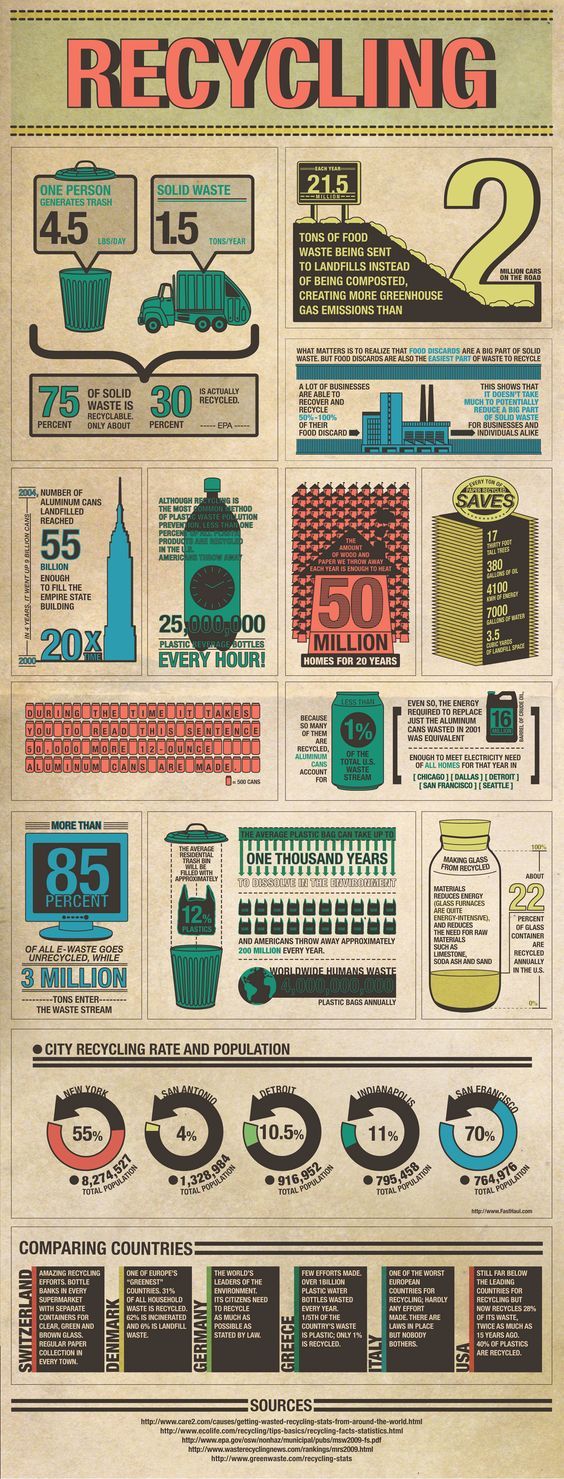Sunday, March 20, 2018 marked the first Global Recycling Day, which was celebrated across the world, with communities holding events and educating residents on why it’s important to not only recycle – but to recycle properly. GRD brings to light several crucial industry conversations occurring lately on contamination (i.e. having things that shouldn’t or can’t be recycled be in your recycling stream) given the current situation with China’s “National Sword.”
OK, you might be wondering – what’s China have to do with it, and what’s with the sword?! Well, first things first – China is a large consumer of recyclable material, particularly paper and plastics. Recycling is a global system, and a lot of material from the U.S. are shipped overseas to foreign markets. In July 2017, Chinese authorities announced the country would prohibit some grades of recovered paper, plastic and other materials from being imported. This World Trade Organization (WTO) filing was meant to spur domestic recovery of these materials and to keep out some notoriously contaminated material China had received in the past (if import restrictions and quality control issues are of particular interest to you, Google “China’s Green Fence”).
The WTO filing caused some immediate repercussions for U.S. recycling, most relating to pricing for certain materials and the decreased incentive to recycle them. Most material recovery facilities (MRFs) combated this by focusing on increasing the quality of their recyclables by slowing down their sort lines, adding more sorting equipment and increasing the number of pickers working on sort lines. Municipalities and other recycling programs across the country may have seen contractual changes to limit the financial risk from their hauler or processor. Lower commodity pricing means less revenue coming back to the cities and counties running (and paying for) these programs.
But despite the market uncertainty in the air throughout the latter half of 2017, one message remained constant and loud – the need to educate residents to recycle properly and to decrease the amount of contamination in the recycling stream is paramount. The first part of 2018 has been difficult for haulers and MRFs, but despite the financial strain and uncertainty, recycling remains a priority for most local governments. In addition to its environmental benefits, the recycling industry is a large and important economic driver for the state of Texas. In fact, KTB Program Director Sara Nichols recently co-authored an article on the current economic impacts of recycling in Texas for the industry magazine Resource Recycling.
Now is the time to step up what education is provided to residents and to try to clean up the stream (“garbage in, garbage out”). Industry groups and nonprofits, like the Recycling Partnership, are taking the opportunity to provide new best practices for community recycling programs, and private haulers, while MRFs are experimenting with different methods to produce cleaner bales of recyclables.
No one knows how long the U.S. will see the fallout from China’s new policies, but one thing is certain – China will not be disappearing from the recycling headlines anytime soon. For now, education and simple, easy messaging is the key to get Texans to “recycle often, recycle right” (OK – that’s Waste Management’s tagline, but we love it so much we had to steal it for this blog!).
For more information on China’s National Sword, check out this China timeline from Resource Recycling.
Written by our Programs Director, Sara Nichols.



